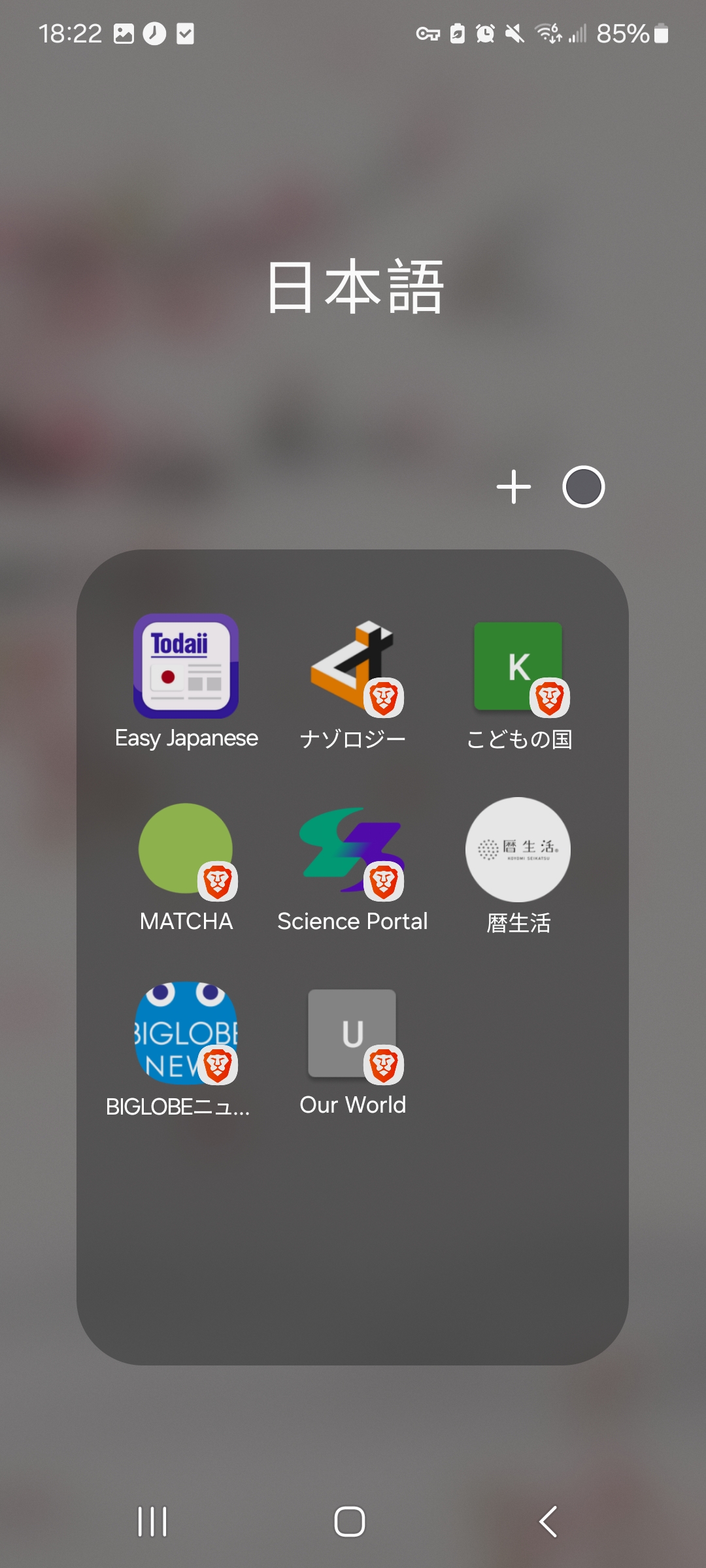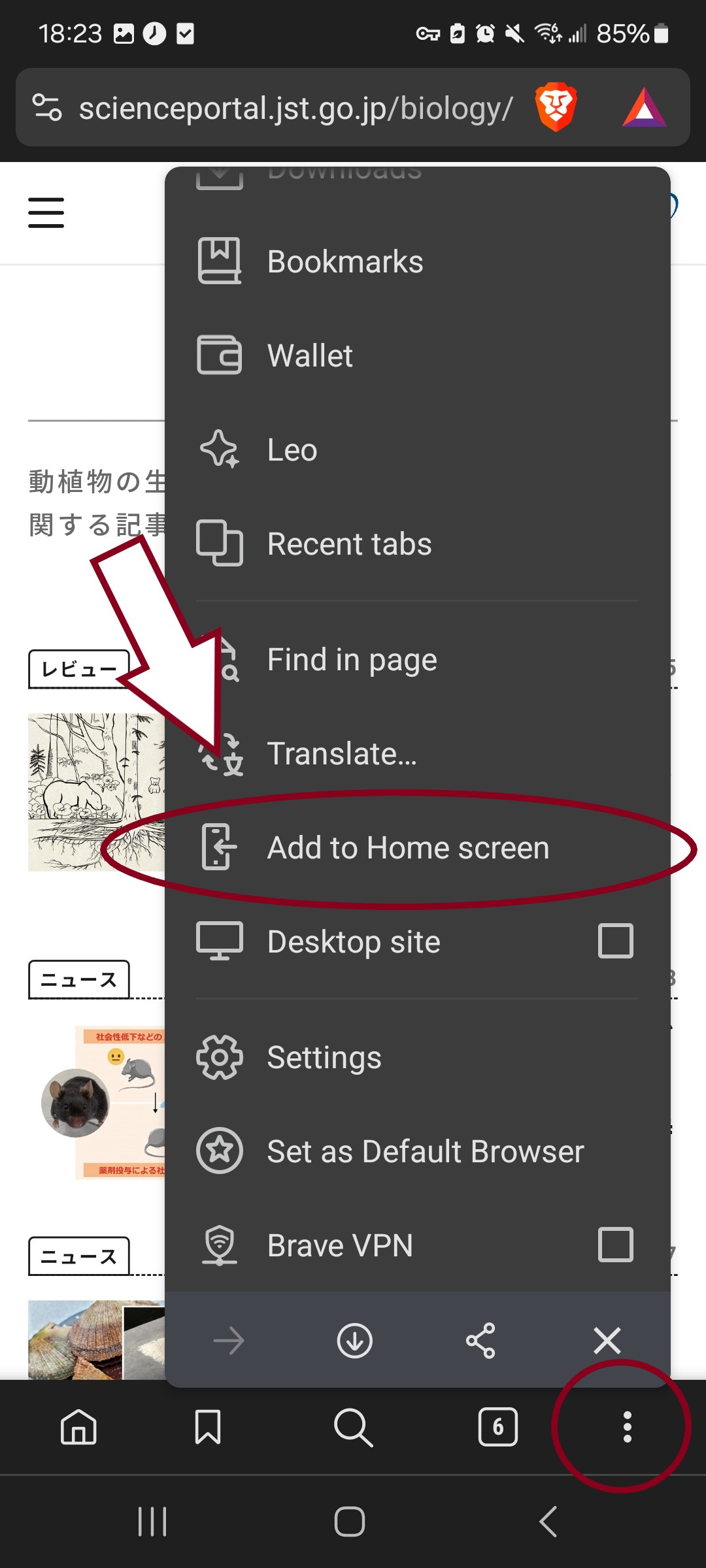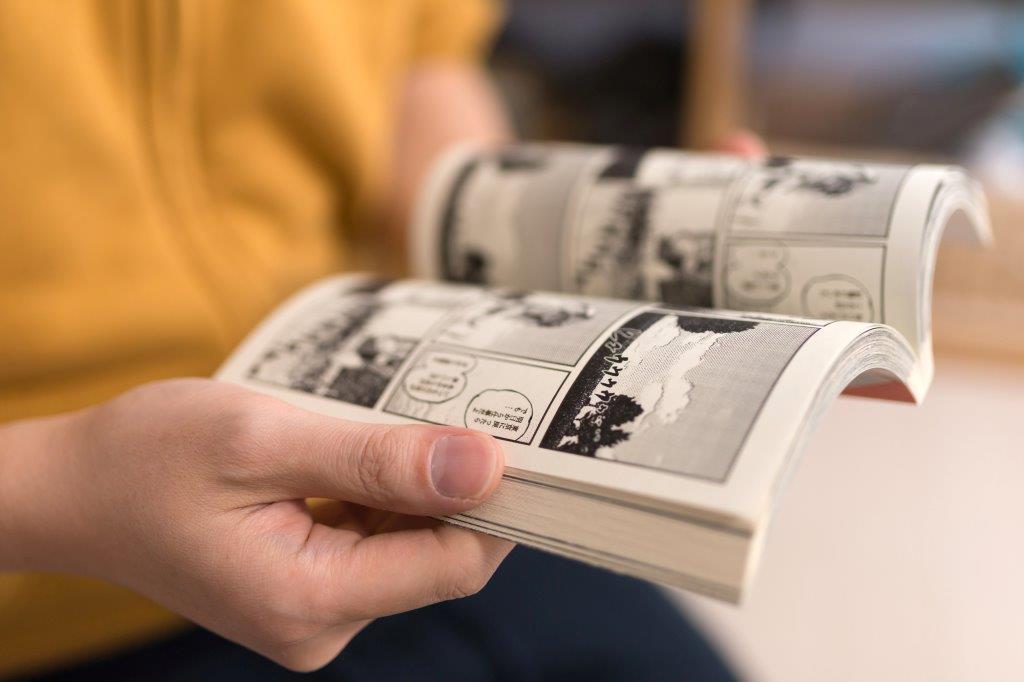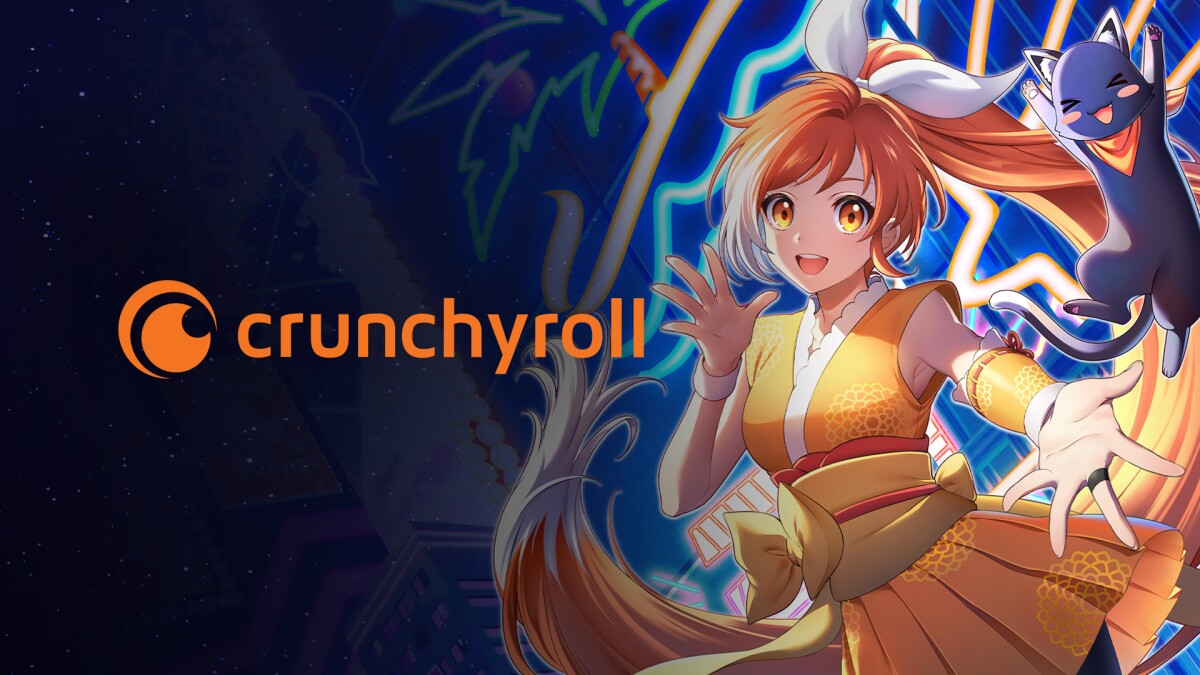Reading is the perfect way to pick up new vocabulary and grammar at your own speed. Using a variety of reading sources for input will dramatically increase your vocabulary and comprehension. You should focus on reading material that is at or just above your Japanese level. If what you’re reading is at or just above your level, you should be able to answer the 5 Ws. Who or what is the main topic? What are they doing, or what is their purpose? When is it happening? Where is it happening? And, why is it happening? You don’t need to understand every detail, but you should understand the overall story or purpose. If you don’t understand the story or purpose, read something easier. It’s ok if you have to look up a lot of words, especially in the beginning. Using reading aids to look up new words will allow you to stretch above your reading level and pick up new vocabulary, and over time, you’ll have to look up fewer and fewer new words as reading gets easier.
If you are looking for tools to assist you with your reading, check out the article below. There are a lot of tools that make reading Japanese much easier and more fun.
How to Organize Your Reading Sources
I usually read on my phone, so I have a folder where I keep bookmarks for all the Japanese news websites I like to read. If you prefer reading on a PC, you can create a bookmark folder to store all the websites on your bookmark bar, or you can store the links in your Notion planner.

I use the Brave browser for reading because it removes a lot of clutter and makes nice-looking thumbnails when I add a website to my home screen. However, you can use any browser to add links to your home screen. Just go to settings, then click “add to home screen.”

Beginner
Before you start reading Japanese articles, you should have a basic understanding of grammar and vocabulary, in addition to being able to read hiragana and some kanji. If you have already completed the Genki series and flashcards, then you are more than ready.
Yomu jp
Yomu jp has short passages for all JLPT levels. The articles have audio and many pictures to help with comprehension. If you are just starting to read articles, read some of the N5 articles first, then move on to N4 or N3 articles if they are too easy.

Meika Sensei
Meika Sensei writes articles for both beginner and intermediate Japanese learners. These articles also have lots of pictures and audio to help you with your comprehension. The topics are interesting and usually relate to Japanese culture.

Tadoku Graded Readers
Todaku Readers are free e-books for learning Japanese. The levels range from absolute beginner to intermediate, so there is something for everyone. The readers are PDFs so they don’t support reading tools, instead, they are best used for passive reading. This is when you just read and allow yourself to absorb the language with no assistance.

Intermediate
At the intermediate level, it’s time to start reading more complicated Japanese articles about more varied topics. These websites are still intended for learners and Japanese children, but they are written with more advanced grammar and vocabulary.
Matcha
Matcha is a website that publishes articles about Japanese culture and travel destinations. The articles are interesting and useful if you are planning a trip to Japan or live in Japan.

Hirogaru
Hirogaru is a beautifully designed website with articles about many interesting topics. The articles have lots of pictures and there is audio that is provided paragraph by paragraph, so it is a great resource for shadowing. Articles also have a little quiz at the end to check your comprehension.

NHK Easy News
NHK Easy News covers current news in short, easy-to-understand articles. This website is great for easing yourself into reading news in Japanese, which is notoriously difficult. Because the website covers a wide variety of news topics, it’s great for expanding your vocabulary and comprehension.

Todaii Easy Japanese
Todaii Easy Japanese is a popular news app for learning to read Japanese news articles. It has a built-in pop-up dictionary that allows you to save and study words later, as well as several practice tests for the JLPT.

Fuku Musume Fairy Tales
Fuku Musume is a website of fairy tales made for Japanese children. Each fairy tale includes audio along with the written text. While you would think fairy tales would be easy to understand since they are written for children, they often use specific or archaic language, so I recommend waiting to read them if you just reached the intermediate level.

Project Soseki
Project Soseki has old copyright-free books with translations and a pop-up dictionary to help Japanese learners practice their reading. The books are classics, so they are well known in Japan but the language used is pretty dated and not very useful for modern learners. I would only recommend this website if you are interested in reading classics.

Satori Reader – Premium
Although Satori Reader is a paid service, I still want to recommend it because it’s an excellent tool for quickly building your reading skills. The stories are engaging and fully voiced, and each sentence comes with thoughtful grammar and cultural notes. If it’s within your budget, I highly recommend using it for a few months to help you transition from learner-focused materials to native-level content.

Advanced
At the advanced level, you should now focus on reading books and articles intended for native Japanese speakers. Below are several websites for reading books, but I also recommend finding websites that write about topics you are interested in, such as sports, science, pop culture, or history. You can find new websites by Googling your interests in Japanese and bookmarking the ones that look interesting.
Shousetsuka ni Narou
Shousetsuka ni Narou is a website where anyone can publish a web novel. Many now-popular novels got their start on this website, and there are many free, high-quality books available. However, do keep in mind that since anyone can publish on this website, not all books have been properly edited and may have mistakes.

Kakuyomu
Kakuyomu is similar to Shousetsuka ni Narou, as it also has free, self-published novels.

Noichigo – Freemium
Noichigo publishes free and paid romance comics and novels, mostly targeted at a female audience.

Z-Library
To access Z-library and download books, you must create a free account. Also, make sure you use the correct website linked below because there are fake ones. If the link you have is broken, you can check the Wikipedia page for Z-library to find the correct one. This library has a wide variety of popular light novels available to download and read. Similar to Z-library is Anna’s Archive, which you can also find the link to via their Wikipedia page.

Book Walker – Premium
Book Walker is a popular site that publishes digital manga and light novels. You can find many popular titles available from this website and others like it. You may have issues buying the Japanese versions of books or manga in the app, but if you purchase them on the website using the same account you have on your phone, they will be available to read in the app.

Amazon Kindle JP – Premium
Amazon Kindle has pretty much any book you could want. However, you will need to create a new Amazon account for Japanese Amazon. The hardest part of this is that it requires you to use a Japanese address. You can grab a random business’s address from Google Maps. I used a fast food place near Shibuya. Unfortunately, you also can’t merge your Japanese Kindle account with your normal Kindle account, so if you already use Kindle you will need to sign in and out to switch between the accounts.







